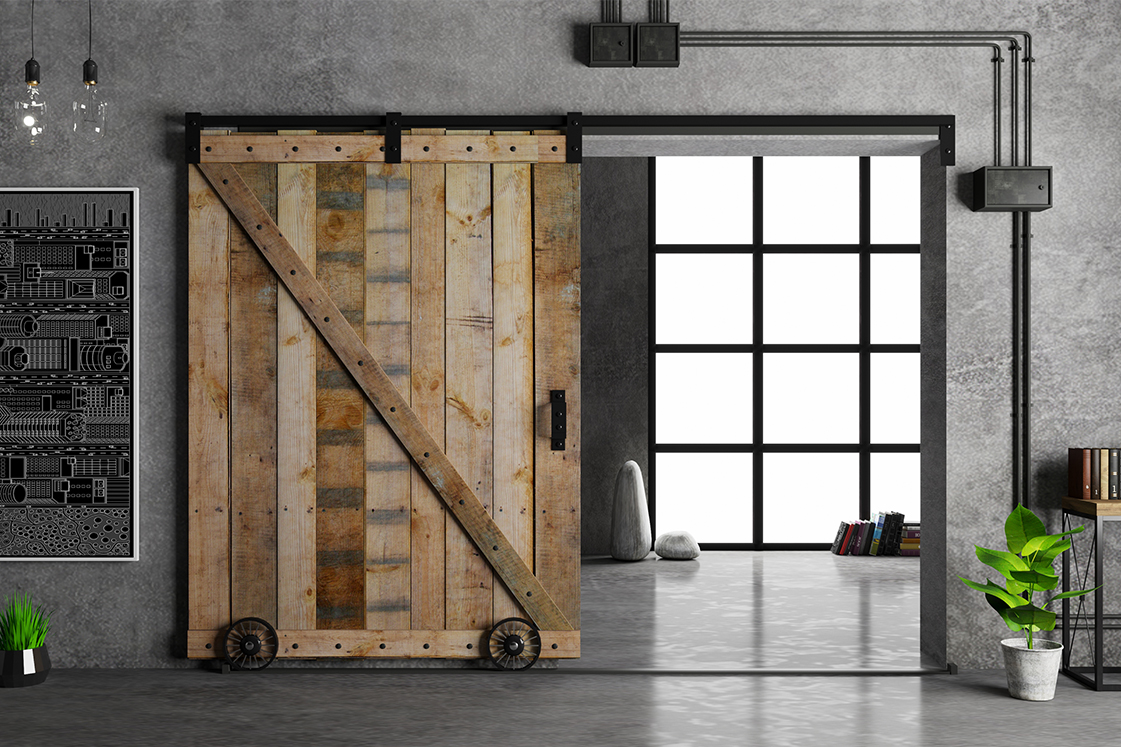A Barndominium a trendy new type of home that’s gaining popularity. They’re usually defined as an energy-efficient low maintenance metal building you can live in. Think of a warehouse or metal barn with the inside transformed into living quarters. That’s a barndominium. Sometimes they have an attached shop, horse stable, or garage. Sometimes not. The exterior gives homeowners a sleek farmhouse look while the interior can be any style possible.
People love the barndominium because they offer a lot of advantages over traditional stick-built homes:
- Cheaper and quicker to build
- Open concept floor plans
- Energy-efficient metal roof
- Low-maintenance metal exterior
- High vaulted ceilings
- Option for an attached shop
How much does a barndominium cost?
Like anything real-estate related, costs vary based on location and material costs. However, for a rough comparison, a standard house is between $100 to $200 a square foot and luxury and custom homes ran closer to $200 to $500 a square foot to build in the United States in 2020.
Barndominiums “shells” – the exterior walls and roof – are significantly less expensive than those of stick-built houses. Often they’re available as kits which are constructed upon a rectangular concrete slab. Costs range from $70 to $95 a square foot for a more DIY builds and more for ones built by a licensed builder.
How to finance construction for one
There are two ways to build a barndominium – and whether you’ll get financing depends on how you build it.
Option one is to hire a builder to assemble and complete your barndominium. To finance this, you’ll need a short-term construction loan financed through most home loan lenders. Once your home is built (or if you buy an already built one) you’ll need to apply for a traditional mortgage.
Option two is to built it yourself. Most home lenders won’t finance DIY construction. However, some companies that manufacture barndominium shells will offer their own financing. These shells contain the frame, exterior doors, windows, and roof. Beyond that, you will have to finance the additional items needed to complete your home such as electricity, plumbing, walls, flooring, insulation, etc.
Regardless of how you finance your build, be sure to check your land’s zoning and covenant requirements. It’s fairly common for subdivisions to have restrictions on sheds, garages, or other metal structures (which might include your barndominium). And make sure your barndominium will fit on your lot too. Barndominiums are typically larger than other structures, so you’ll want to double-check your home won’t be larger than allowed and will fit on the land you selected.
Do barndominiums hold their value?
So far, those that have sold recently seem to keep their value. They’re growing more popular across the U.S., and you can even find them listed under their own filter on Zillow. Beware, though, that one of the things that makes them appealing is their distinctive design. But it also may make them harder to sell since they’re too unconventional.
When you’re ready to crunch the numbers to see whether a barndominium would be a better option than a stick-built home, contact your local Man Mortgage home lender. They can help you decide whether you’d qualify for a construction loan or if it might be a wiser choice to get a stick-built home.

